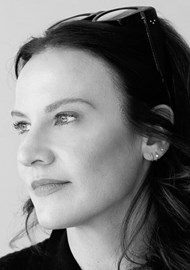The author provides a comprehensive overview of the factors influencing skin condition, exploring the physiological processes affecting hydration, the role of ceramides as well as epidermal aquaporins. A detailed and referenced discussion is conveyed on the intrinsic and extrinsic factors of dry skin, yet, further discussion surrounding the underlying medical causes of dry skin may have given more insight to the reader, to reinforce the importance of aesthetic nurses possessing basic dermatology knowledge in recognising symptoms of potentially undiagnosed skin disease. The author places emphasis on obtaining a detailed medical history prior to formulating treatment plans. Topical ingredients explored to treat dry skin are explained with a focus on vitamin C, glucosamine, hyaluronic acid as well as hydromanil. The evidence base is smaller for these topical ingredients, in comparison to ingredients such as urea, paraffin and glycerin. The role and evidence to date concerning nutraceuticals is also discussed in the context of improving dry skin. Prompt referral to a dermatologist or GP is reinforced, where the diagnosis may be uncertain / complex. Further discussion around soap substitutes and avoiding known triggers may have been a useful addition in light of the prevalence of dermatitis.
Defeating dry skin
Reviewed by Anna Baker
Defeating dry skin: treatments, topical ingredients and the role of nutrition.
CONTRIBUTOR
Anna Baker
The Retreatery Medical Aesthetic Clinic, East Grinstead, UK.
View Full Profile



